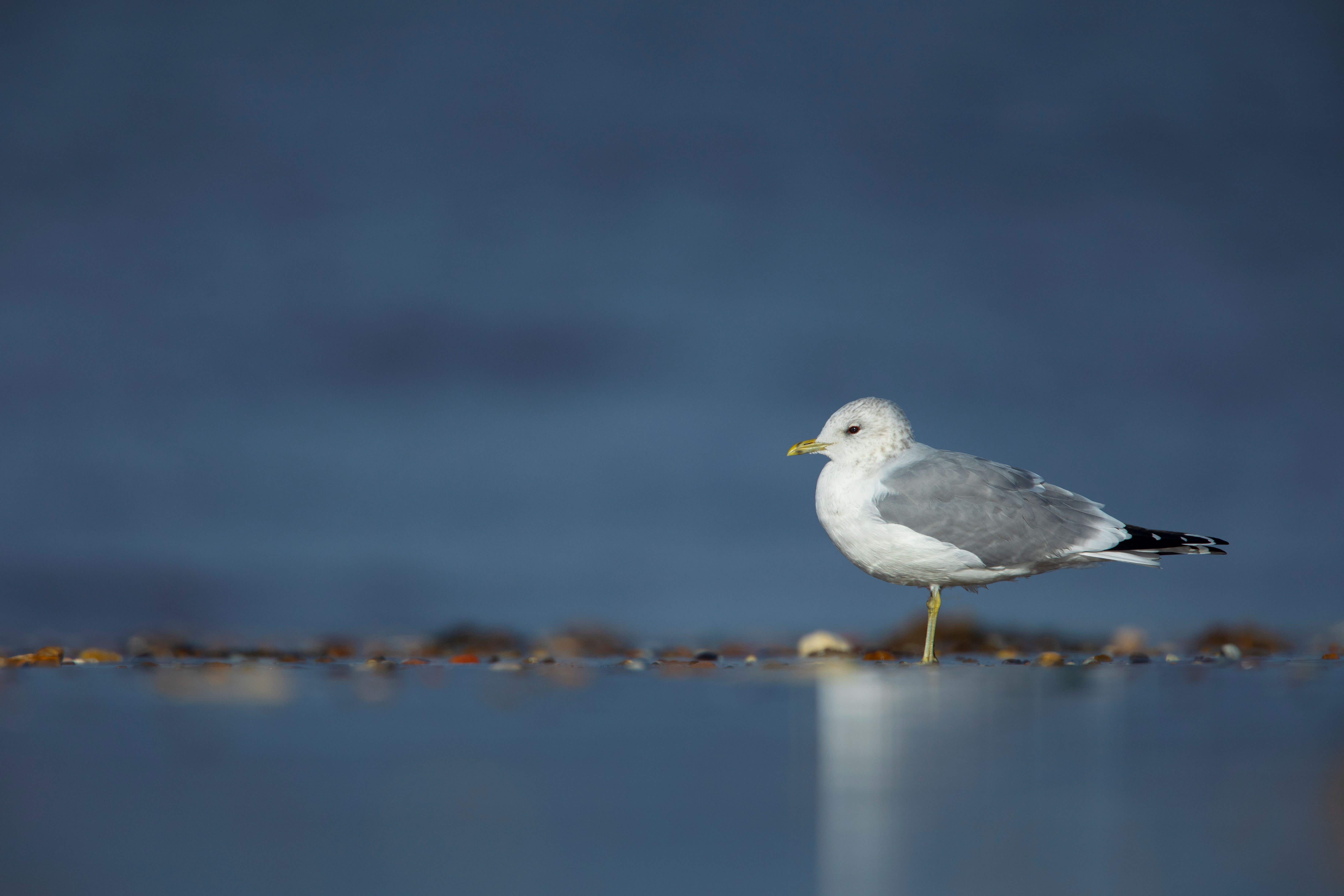Five seabird species added to UK’s ‘red list’ for conservation concern
Breeding seabird populations face a growing list of threats, including climate change impacts, overfishing and entanglement in fishing gear.

Your support helps us to tell the story
From reproductive rights to climate change to Big Tech, The Independent is on the ground when the story is developing. Whether it's investigating the financials of Elon Musk's pro-Trump PAC or producing our latest documentary, 'The A Word', which shines a light on the American women fighting for reproductive rights, we know how important it is to parse out the facts from the messaging.
At such a critical moment in US history, we need reporters on the ground. Your donation allows us to keep sending journalists to speak to both sides of the story.
The Independent is trusted by Americans across the entire political spectrum. And unlike many other quality news outlets, we choose not to lock Americans out of our reporting and analysis with paywalls. We believe quality journalism should be available to everyone, paid for by those who can afford it.
Your support makes all the difference.Five seabird species have been added to the UK’s “red list” of greatest conservation concern.
Scientists reviewing the status of the country’s breeding seabird populations revealed that the Leach’s Storm-petrel, Common Gull, Great Black-backed Gull, Arctic Tern and Great Skua are among Britain’s most at risk birds.
They join another five threatened seabird species already on the red list – the Kittiwake, Herring Gull, Roseate Tern, Arctic Skua and Puffin.
The update, carried out by a coalition of the UK’s leading bird conservation organisations and published in the journal British Birds on Monday, follows the recent assessment of 28 seabird species.
Apart from two species found to be no longer breeding in the UK, the seabirds were categorised as red, amber or green-listed depending on how threatened they were considered to be.
The five additions brings the total number of species on the red list to 73 of 245 regularly occurring bird species in the UK – equating to 30%.
To assess the seabird species, experts used data collected during the last national seabird census, published in November, alongside data from the British Trust for Ornithology (BTO) and Joint Nature Conservation Committee’s (JNCC) seabird monitoring programme.
They also used a recent survey led by the RSPB to investigate the impacts of bird flu as a critical part of the evidence for some species.
The charity said the UK remains an internationally important place for breeding seabird populations, which face a growing list of threats and pressures, including climate change impacts, overfishing, entanglement in fishing gear, invasive predators and offshore renewable energy development in important foraging zones.
The vulnerability of UK seabirds to disease has also been seen, with the Great Skua’s inclusion on the red list attributed to the widespread outbreaks of Highly Pathogenic Avian Influenza (HPAI) or “bird flu” between 2021 and 2023.
Katie-jo Luxton, global conservation director for the RSPB said: “This latest health check on our seabird populations reveals devastating declines in the overall status of the UK’s breeding seabirds.
“As an island nation it is perhaps not surprising that we are globally important for seabird populations but what has really shocked us is the sheer number of our seabird species now on the red list.
“We need urgent action from our governments to address this dire situation to tackle the drivers of these declines and enable recovery.”
In better news, the Shag species moved from the red to the amber list and the Black Guillemot joined the Cormorant on the green list as new information helped to shed light on their populations.
Hopes for a turnaround in seabirds’ fortunes are also being found with clear actions to address the many pressures they are facing – a list of which is provided by the England Seabird Conservation and Recovery Pathway.
The decisions by the UK and Scottish Governments to close Sandeel fisheries has also been seen by conservationists as a significant step, as have the promising results from projects to remove invasive predators from seabird islands across the UK.
David Noble, principal ecologist at the BTO, said: “Seabirds are an iconic part of nature along our coastlines, whether foraging on beaches and rocky shores, patrolling urban seafronts or breeding in spectacular colonies on cliffs.
“The multiple pressures that they face from reductions in food sources caused by climate change and over-fishing, from invasive nest predators on islands and avian flu have resulted in some significant changes in numbers.
“Continued monitoring, by volunteers as well as professionals, is essential to provide timely evidence of the impact of these and other threats, and to assess the effectiveness of any conservation actions.”